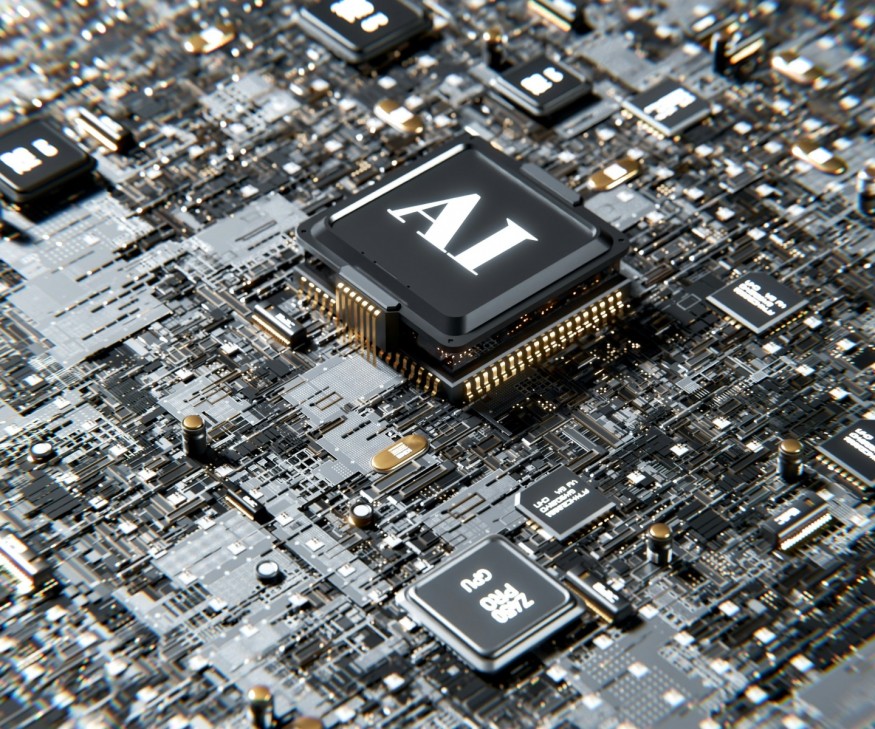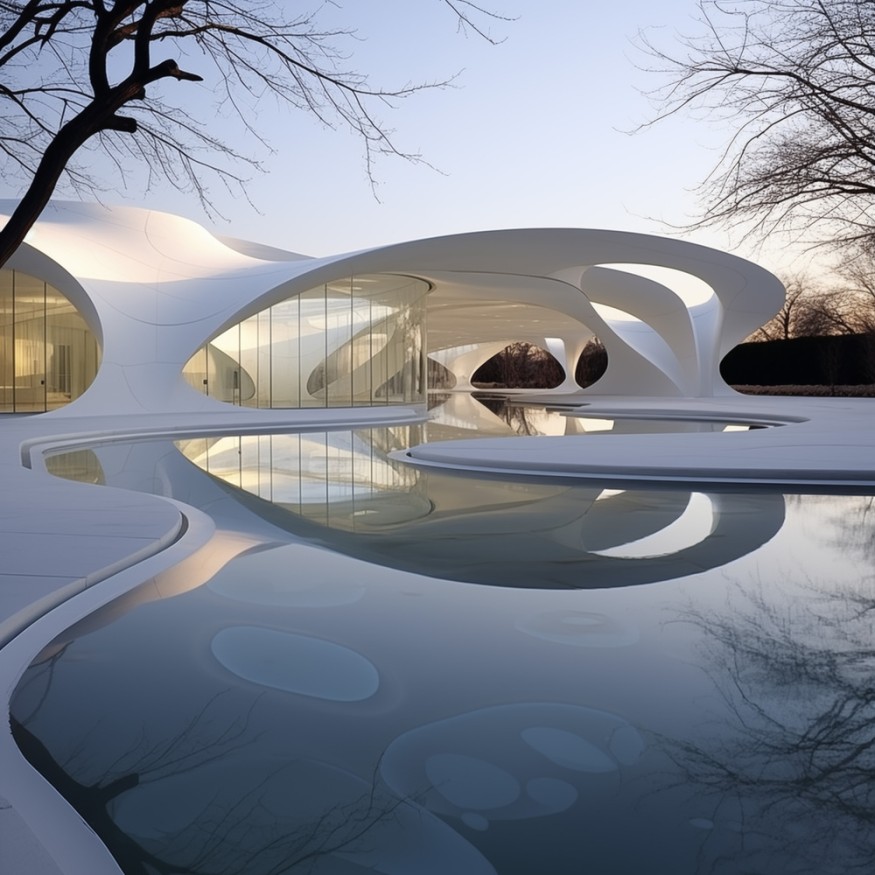How AI Systems Transform Creative Processes for Architects and Designers

Artificial intelligence (AI) has been redefining technology in several sectors, and architecture and design are no exceptions. Though a deeply entrenched perception might exist that conventional ways of doing things will be replaced, AI systems are helping enhance creativity, efficiency, and problem-solving. A great illustration of where AI has been applied is in architectural and design processes. From idea visualization to risk assessment and workspace optimization, AI tools are reshaping the way architects and designers work.
Enhancing Creativity and Efficiency in Design
A major contribution AI presents to architecture is the reduction of distance between an idea and its visualization. Tools such as DALL-E, Midjourney, and Stable Diffusion bring the realization of an image from text prompts closer and provide platforms for quick conceptualization and idea probing. Not only does this speed up the design process, but it also democratizes design by lowering the knowledge threshold. Generative AI takes that further to employ machine learning in creating plans and visual representations based on input criteria. Platforms like Hypar and Ark AI optimize spaces, generate plans, conduct performance analysis, and streamline the design workflow. Planner 5D and ARCHITEChTURES leverage AI for real-time interior design assistance and AI-powered building design, enhancing design precision and creativity.
Improving Safety and Sustainability in Urban Planning
Moreover, AI is aiding in risk assessment for existing buildings, a crucial aspect of architecture. Researchers at Drexel University are developing AI technologies akin to facial recognition to detect and assess structural damage. Using stereo-depth cameras and convolutional neural networks, they can identify building defects and create accurate 3D models. This improves inspection efficiency and provides valuable data for maintenance decisions, ensuring the safety and longevity of structures.
In urban planning, AI systems are invaluable tools for managing vast data and simulating complex scenarios. AI-based urban planning systems like Urban Insights and Digital Twins enable rapid prototyping and simulation of urban landscapes, facilitating informed decision-making. Tools like Google's Tree Canopy assist in climate adaptation by accurately assessing tree coverage to mitigate heat waves. AI-powered aerial mapping aids in infrastructure planning by identifying informal settlements efficiently, while intelligent traffic management systems promote safer and more efficient transportation networks. These technologies foster community engagement and enhance urban safety, creating more sustainable and livable cities.

Redefining Workspace Design with AI
Furthermore, AI is changing the way architects design their workspaces. Zaha Hadid Architects' ZHAI team utilizes AI to personalize workspaces based on individual needs and preferences. They create efficient and comfortable work environments by generating numerous interior design options and optimizing layouts using AI tools. However, concerns regarding privacy and data usage have been raised with adopting such technologies, highlighting the need for ethical considerations in AI-driven design processes.
In conclusion, it can be noted that AI systems are altering the architecture and design by enhancing creativity and efficiency and making timely and correct decisions. Be it from ideation, risk assessment, or optimization of the workspace, AI tools offer invaluable assistance throughout the process of design. Adopting these technologies while holding the moral issues on these at bay can lead to a more innovative and sustainable way of practicing architecture and ultimately result in a better-built environment over the years to come.
Related Article : 5 Best AI-Driven Tools That Can Help Architects and Designers in 2024














